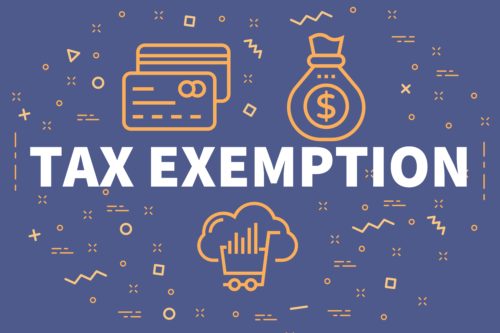When you think about what forms are required and approved by the IRS to achieve 501c3 tax-exempt status, that 1023 form may be the only form that comes to mind. However, what may not be immediately clear is that there are actually two 1023 forms: the 1023 standard form, and the 1023-EZ.
It is a fair assessment that most individuals would gravitate towards the 1023-EZ, for the simple fact that the name suggests it is easy. Unfortunately, that may not be the best choice for your nonprofit organization. There is a large chance you will not obtain 501c3 approval if you make the mistake of filing the wrong 1023. It is essential to know just why the 1023-EZ may not be the best choice for your nonprofit. It is valuable information everyone should know, regardless if you intend to start a nonprofit or not.
Why Is The 1023-EZ So Appealing?
To begin, let us discuss what it is about the 1023-EZ that makes it more appealing than its longer, more complicated relative, the 1023 standard form. You might find yourself strapped for savings when trying to get a nonprofit off the ground, so the 1023-EZ application being only $275.00 compared to the $600 of the 1023 standard form seems immediately reassuring. Also, the 1023-EZ is only three pages compared to the pages upon pages of the 1023 standard form.
If that doesn’t already seal the deal, then the fact that the 1023-EZ application is generally approved faster than the standard 1023 form definitely will. How can you possibly go wrong with the price, shortness of the form, and expedited process of being approved? Based on that information alone, it is clear to see why the 1023-EZ is the one towards which people tend to gravitate.
That does not mean that every single nonprofit organization should automatically fill a 1023-EZ out. In fact, there are rules that exist that prevent certain organizations from doing just that. That may be disappointing, but it is best to know why a 1023-EZ is not the best option, and why the 1023 form is important and necessary for your nonprofit.
Who Can’t File A 1023-EZ?
The biggest examples of organizations that cannot file a 1023-EZ form are churches and schools. There are a lot of details and higher numbers that go into churches and schools, which requires a more in-depth form with equally in-depth questions. The 1023-EZ can only provide so much in its abridged and condensed state, which makes it an impossible candidate for such organizations.
Some other examples of organizations that cannot file a 1023-EZ application are hospitals and medical research organizations, supporting organizations, organizations not filing the 1023 standard form within 27 months of formation, homes for the handicapped or elderly, and organizations that provide grants and scholarships.
What Information Can’t Be Answered On A 1023-EZ?
The information that cannot be answered on a 1023-EZ are things such as fundraising programs, family and business relationships amongst the directors, compensation of the directors, past and present activities within the organization, and goods, services, and grants provided to the organization.
In the standard 1023 form, all of this information is covered. The standard 1023 also allows attachments to the form, so you can make sure every single detail is listed and expanded upon. There are no such attachments for the 1023-EZ application, so you are very limited to what you can and cannot divulge on your organization. The goal is to let the IRS know everything that is going on within your organization, making the 1023 EZ a bad option for large organizations.
What Does The 1023-EZ Cover?
Here’s what the 1023-EZ does cover, and what kind of organizations are better suited for using it: If an organization does not plan to have their annual gross receipts exceed $50,000 in three years, or their total assets not exceed $250,000, then the 1023-EZ is a great fit. Thus, smaller organizations are better suited to this form, as they typically have lower operational costs and general outreach within their communities.
Some examples of organizations that can complete a 1023-EZ application are animal rescues, youth sports leagues, youth mentorship programs, and community betterment projects. At the end of the day, either of the forms will bring 501c3 approval for your nonprofit, as long as you know the correct one to use.
Be Realistic
It is best to be realistic when taking the 1023-EZ and 1023 form into consideration. It is understandable to want to save money and not bother with the complexities that a 1023 standard form presents, but if your organization is large and has many details that cannot be overlooked or shortened, you must go with the 1023 standard form.
Setbacks are frustrating, especially when you are desperately trying to get a nonprofit started, but doing things right from the start can make all the difference later on down the road. This can be accomplished by not only choosing the right 1023 form, but by following these steps:
- Knowing the difference between the two 1023 forms
- Knowing what kinds of nonprofit organizations are best suited for each form
- Knowing WHY your organization cannot get by with the 1023-EZ alone.
When you are fully and informed on those topics, only then will you be ready to choose the correct form and start down the path of 501c3 approval. To learn more about the standard 1023 form, the 1023-EZ, and why the 1023-EZ might not be the best fit for your organization, please contact our nonprofit professionals at BryteBridge Nonprofit Solutions at 877-857-9002 or [email protected].



